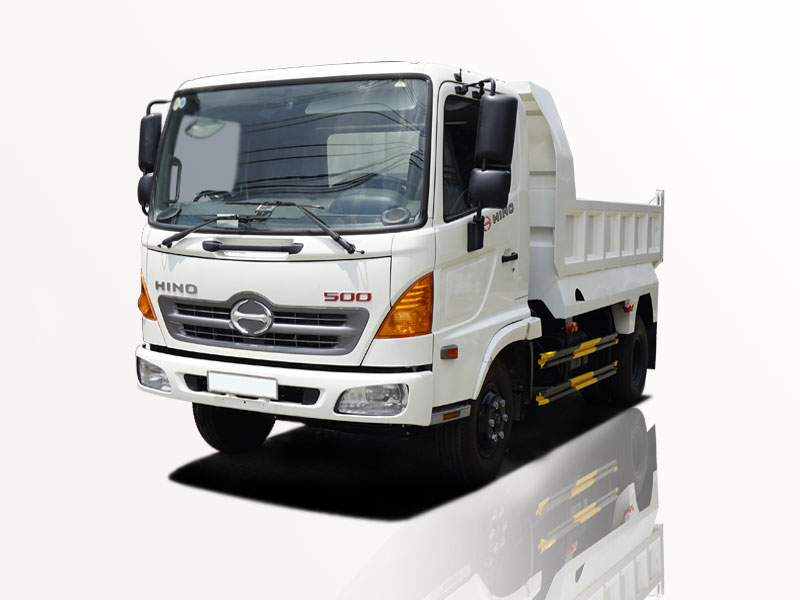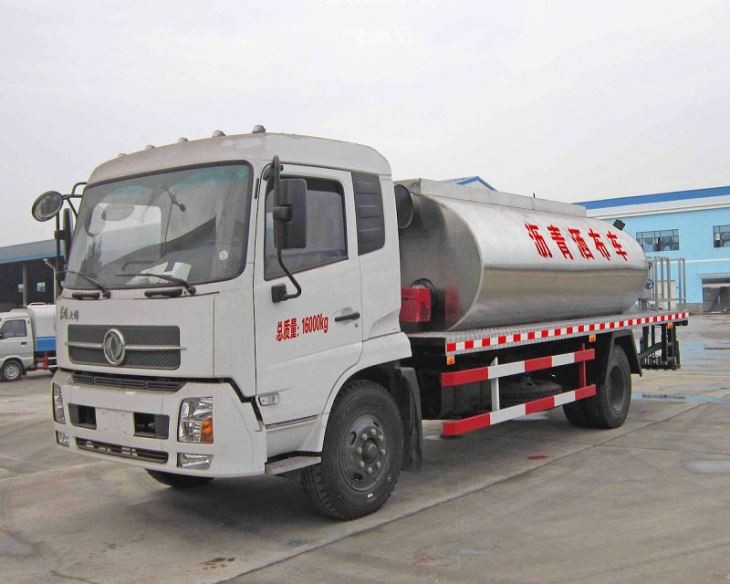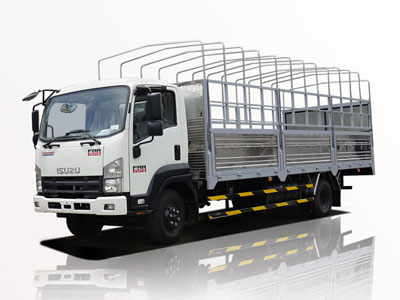Introduction
Operating a pump truck requires knowledge, skill, and attention to detail. Whether you’re in the construction industry, waste management, or other fields that utilize pump trucks, understanding how to operate this equipment can greatly improve efficiency and safety on the job. This guide breaks down everything you need to know about operating a pump truck, from basic components to advanced operational strategies, practical examples, and tips for success. By the end of this article, you will have a complete understanding of how to effectively and safely operate a pump truck.
Understanding Pump Trucks
What is a Pump Truck?
A pump truck, often referred to as a concrete pump truck or vacuum truck depending on its function, is specialized equipment designed for transporting and pumping various fluids. Concrete pump trucks are used primarily in construction, allowing for the efficient placement of concrete, while vacuum pump trucks are utilized for waste management and liquids transport.
Types of Pump Trucks
- Concrete Pump Truck: Uses a series of hoses and pipelines to transport concrete to construction sites.
- Vacuum Pump Truck: Designed to suck liquids, sludges, and other materials from locations to a disposal site.
- Grease Pump Truck: Used to collect grease and oils from restaurants and garages.
Basic Components of a Pump Truck
| Component | Description |
|---|---|
| Pump Mechanism | Utilizes hydraulic or pneumatic power to move fluids through hoses and pipes. |
| Hoses and Pipes | Flexible tubes and rigid pipes for transferring materials to and from the truck. |
| Control System | Includes levers and switches for controlling the pump and movement. |
| Chassis | The base of the truck that provides mobility and support for the components. |
| Tank | Stores the materials being transported (especially in vacuum trucks). |
Preparing to Operate a Pump Truck
Safety Measures
Before operating a pump truck, it is crucial to prioritize safety. Here are some essential safety measures:
- Wear personal protective equipment (PPE), including gloves, hard hats, and safety glasses.
- Conduct a pre-operation inspection, checking for leaks, damages, and functionality.
- Ensure that the job site is clear of obstacles and that all personnel are at a safe distance.
Training and Certification
Operators should undergo training specific to the pump truck they will handle. Some key areas of focus include:
- Understanding the manual and operational guidelines for the specific model.
- Hands-on training with experienced operators.
- Obtaining necessary certifications, if required by local regulations.
Steps to Operate a Pump Truck
Step 1: Starting the Pump Truck
- Ensure all safety checks are complete.
- Enter the cab and adjust your seat and mirrors for optimal visibility.
- Insert the key and start the engine, allowing it to warm up for a few minutes.
Step 2: Setting Up the Equipment
- Position the pump truck near the work area, ensuring stability.
- Deploy stabilizers if necessary to secure the truck while in operation.
- Attach the appropriate hoses and connect to the source or disposal site as needed.
Step 3: Operating the Pump
- Turn on the pump using the control panel.
- Monitor flow rates and pressures to ensure efficient operation.
- Adjust the speed and volume settings as required based on material viscosity and site requirements.
Step 4: Monitoring and Adjustments
While operating the pump truck, continuous monitoring is essential. Check for:
- Leaks around hoses and fittings.
- Fluctuations in pressure that may indicate blockage or equipment failure.
- Proper flow rates to avoid overloading the truck or damaging equipment.
Practical Tips for Operating a Pump Truck
Effective Communication
Always maintain clear communication with your team. Use hand signals or two-way radios as necessary, especially when working in noisy environments.
Maintenance and Troubleshooting
Conduct regular maintenance to keep the pump truck in good condition. Regularly check:
- Fluid levels
- Filter cleanliness
- Hoses for wear and tear
Should you experience issues, refer to the troubleshooting guide in the operator’s manual for quick fixes.
Environmental Considerations
Operating a pump truck involves responsibility towards the environment. Ensure proper disposal methods are in place, use environmentally friendly materials where possible, and adhere to local regulations regarding waste disposal.
Emergency Procedures
In the event of an emergency while operating a pump truck, the following procedures should be followed:
- Shut down the pump immediately and secure the area.
- Inspect for any damage or hazardous spills.
- Report the incident to a supervisor or safety officer without delay.
Frequently Asked Questions (FAQ)
What type of training is required to operate a pump truck?
Training usually includes hands-on experience, understanding mechanical components, and familiarity with safety protocols. Certifications may also be necessary, depending on local regulations.
How often should a pump truck be maintained?
Regular maintenance should be performed according to the manufacturer’s recommendations, generally after every 100 hours of operation, or more frequently if the truck is in continuous use.
What safety gear is needed when operating a pump truck?
Operators should wear PPE such as gloves, hard hats, safety glasses, and hearing protection. Proper footwear is also recommended.
Can a pump truck be operated solo?
While it is possible, it is strongly advised to have at least one additional person on site for safety reasons and effective communication.
How can I determine the correct hose size for my pump truck?
The correct hose size typically depends on the type of material being pumped and the specifications of the pump truck. Always refer to the manufacturer’s guidelines for recommendations.
What should I do if there’s a blockage in the pump?
Stop the pump immediately and determine the cause of the blockage. Follow the troubleshooting procedures in the operator’s manual to clear it safely.



